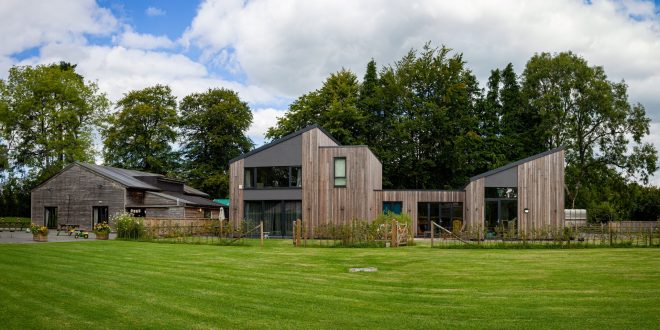Keeping your lawn healthy and thriving is challenging. Additionally, it may also be very frustrating, especially when you have tried everything but your yard still struggles to survive. Usually, this happens because the ground and soil preparation was poor, or the lawn type isn’t right. But, it can also be because of drainage issues.
If you plan to replace your lawn, prioritize resolving the underlying reason why your current lawn is not thriving. Moreover, you should ensure that you’re ready for your lawn overhaul.
For instance, you will need a skip hire where you can place the waste you’ll accumulate in the entire process. You can check one from www.valleytrading.co.uk.
Why and when to replace a lawn
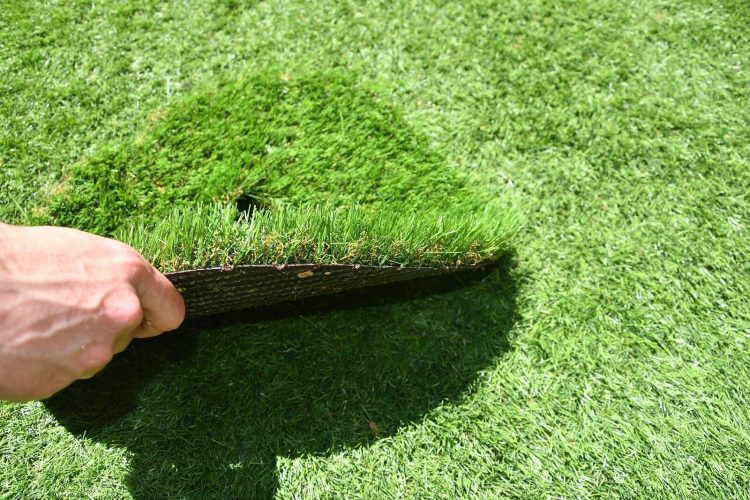
Here are the common reasons that indicate it’s time to replace a lawn:
- Water conservation and drought. Keeping a natural lawn green and healthy is challenging when you don’t have enough water sources. You might also need the water for other things like watering your vegetable garden or filling a pool.
- Vermin and pests. These living things can ruin a lawn. They leave patches of dead grass, destroying your yard’s overall look.
- Weeds. Some types of weeds are parasites. They take up the space and food intended for your grass lawn. Some weeds can also irritate the skin and cause allergic reactions.
- Increase your home’s value. A beautiful lawn and garden add value to a property. When looking into listings, a picket fence and green lawn easily attract potential buyers.
- When a green, neat lawn is hard to keep. If you’re tired of taking care of a natural yard, you might consider replacing it with other alternatives. Natural lawns require not only effort and time to maintain but also money.
- Diseases. Just like people, grass lawns are also affected by diseases. If left untreated, it could be a problem for your yard. So, you must know the signs of diseases that commonly affect natural lawns.
Consider replacing your lawn with natural or artificial turf when it shows any of these signs.
Things to consider when replacing a lawn
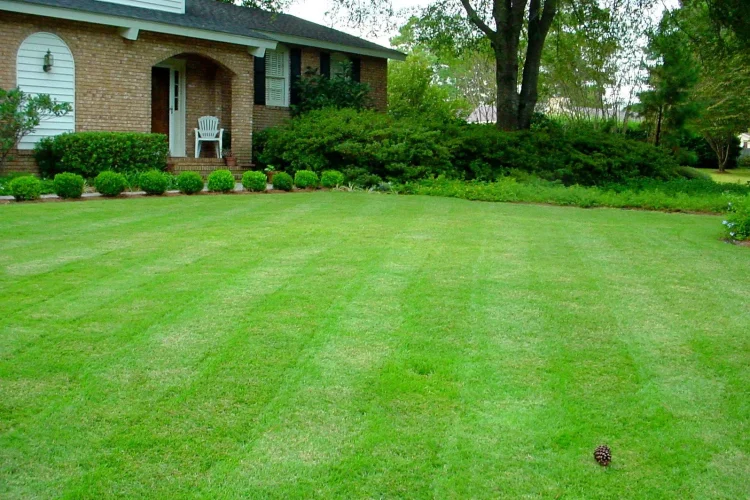
Here’s a list of the things you should consider before replacing your lawn. Shaping your decision based on these factors can help you get the best outcome.
- Kind of surface to replace your lawn. Among the things you need to consider when replacing your lawn is the type of lawn, you will replace it with. For example, are you planning to have a mulch or rock garden? Or place a new natural turf instead? Of course, if your previous lawn didn’t thrive because of underlying issues, it’s better to solve the problem first before placing another natural turf. This way, your money, and effort won’t go to waste. But if you’re done with maintaining a grassy lawn, there are many grass lawn alternatives you can try. Some of the best non-vegetative lawn examples are succulents, rocks, and mulch.
- Choosing the right seed – When replacing your old lawn, choosing the right grass seed such as Tiftuf Bermuda or Zoysia palisades is crucial for several reasons. It ensures that your new lawn will be well-suited to your climate and soil conditions, promoting healthy growth and longevity. High-quality grass seed can provide a lush and attractive lawn with excellent resilience to pests, diseases, and drought. Selecting the appropriate grass seed variety also enhances the overall aesthetic and functionality of your outdoor space, contributing to the curb appeal and value of your property.
- Size of the lawn. The shape, size, and dimensions of your lawn significantly influence the time and cost needed to replace your lawn. If your yard is large, you’ll spend more money removing and replacing it. Naturally, it will also take more time to complete.
- Cost of removing and replacing the lawn. Cost is an unavoidable topic when you’re starting to think about replacing your lawn. But, first, you have to consider the cost of removing the lawn. Aside from being a difficult process, it might also require equipment and people depending on the condition and size of your lawn. So, inquire about those things or ask a contractor for an estimate. Afterward, consider the budget you’ll need to replace the lawn. Like the removal process, the cost of replacing a lawn also depends on the size. Other factors affecting the price are the preparation required and who will do the work.
- Methods of lawn removal. You can find several methods to remove a lawn. Whether you do it yourself or ask a contractor to do the job, you must know these methods. The type of lawn you will replace your yard with determines the method you have to use. The reason is that the removal process of the existing lawn will affect the surface where the new lawn will be placed.
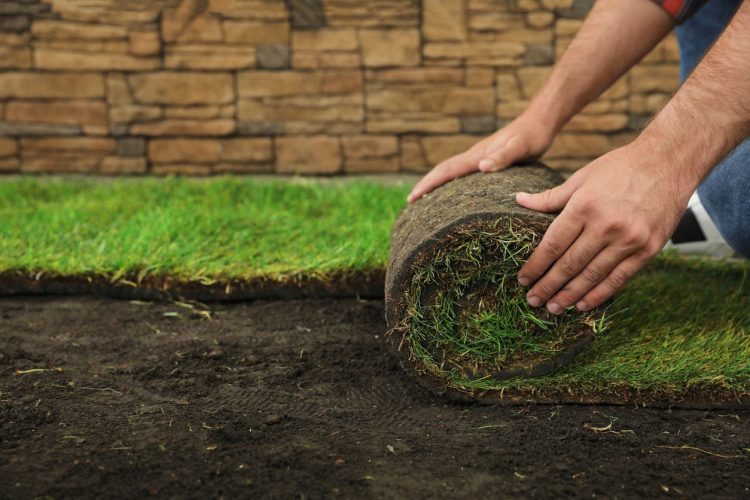
Below are some of the lawn removal methods you should check out:
- Herbicide. Though less environmentally friendly, using herbicide to remove the lawn is less labor-intensive. Spray it, and it will kill most microorganisms in your yard. However, this method is best during the dry season. Herbicides can also affect the soil’s chemical balance, so wait for some time before growing anything on the ground.
- Tilling. This method can help you solve two problems at the same time. Aside from helping remove your existing lawn, it also prepares the surface for the placement of the new lawn, particularly turf installation. Tilling involves agitating the soil, grinding it up, or turning it over. You can do this method using a shovel and other excavation tools.
- Smothering and composting. Why not compost the yard if you’re not in a hurry to replace your lawn? This process is called sheet mulching, which utilizes cardboard, newspaper, or other organic materials to cover the yard for at least two months. This method kills lawns in a non-toxic and simple way. The materials are also inexpensive compared to other lawn removal methods.
- Solarization. The solarization lawn removal method might work for you if you’re living in hot regions. It is similar to sheet mulching because it kills organisms by preventing photosynthesis. Solarization involves moving, watering, and using plastic to cover the lawn for at least six weeks. But like sheet mulching, this lawn removal method is labor-intensive.
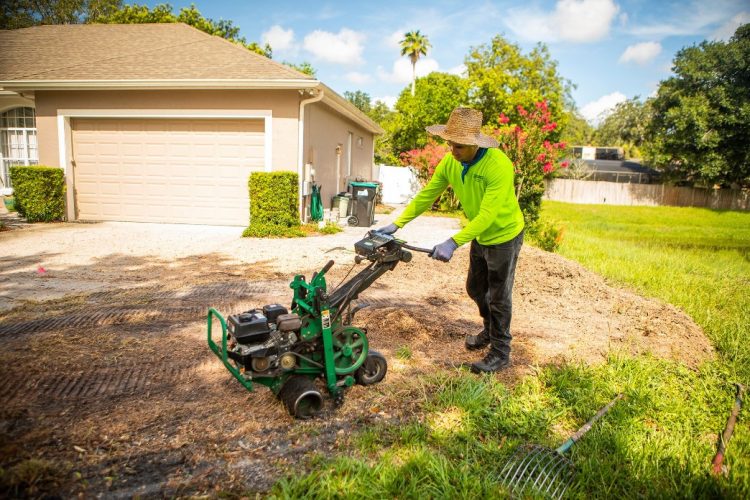
Prepare the surface and start the replacement
Your lawn has to be even before you install new turf. Moreover, it should have good drainage and be free of debris. If you’re thinking of sprinkling grass seeds to grow natural grass lawns, consider whether you have the resources and time to care for them. Otherwise, consider other lawn alternatives that require less maintenance.
Final thoughts
Overall, planning can make your lawn replacement project successful. Knowing which factors are significant to consider, the process will no longer be overwhelming to you.
 Hi Boox Popular Magazine 2024
Hi Boox Popular Magazine 2024
